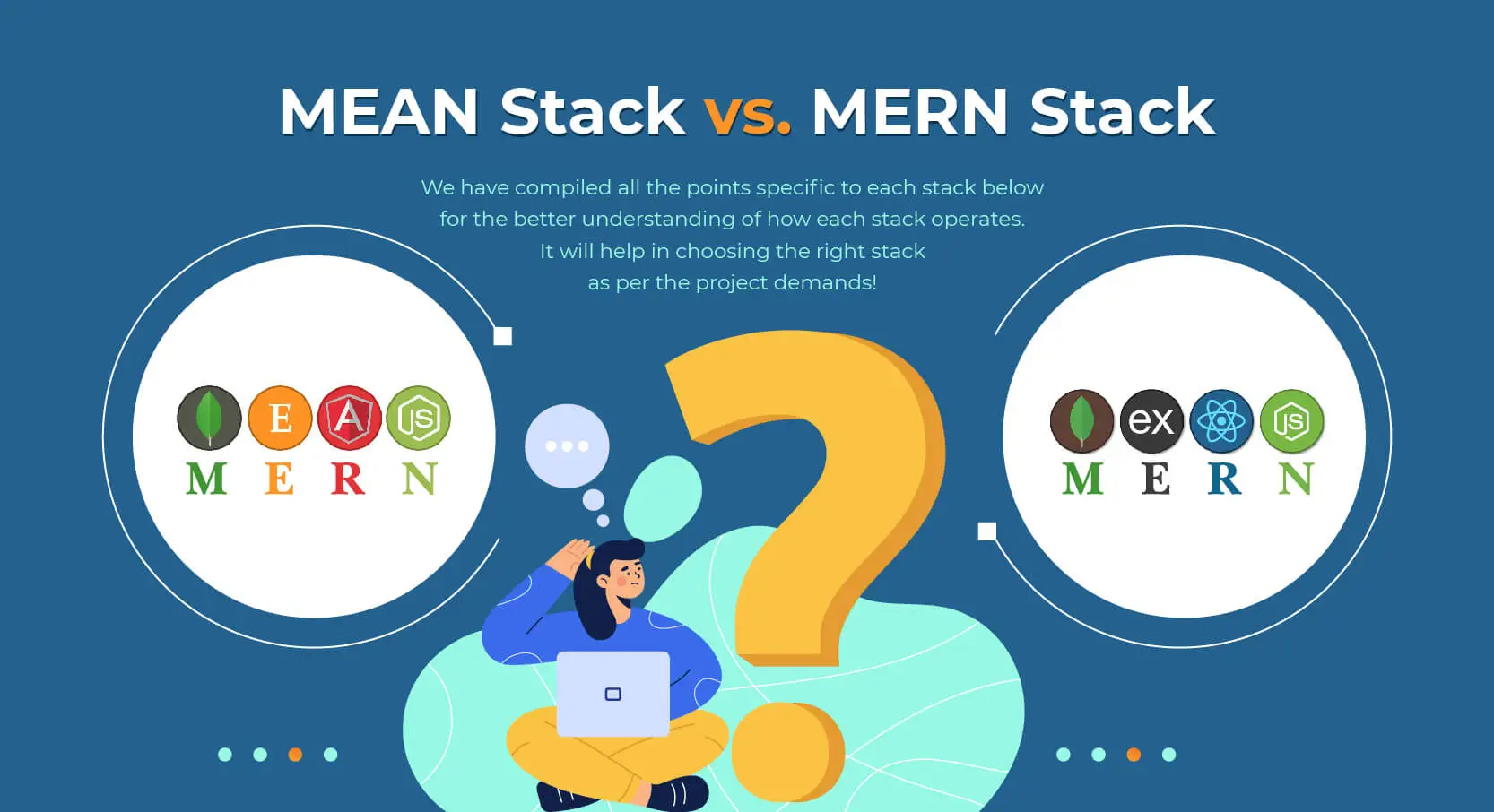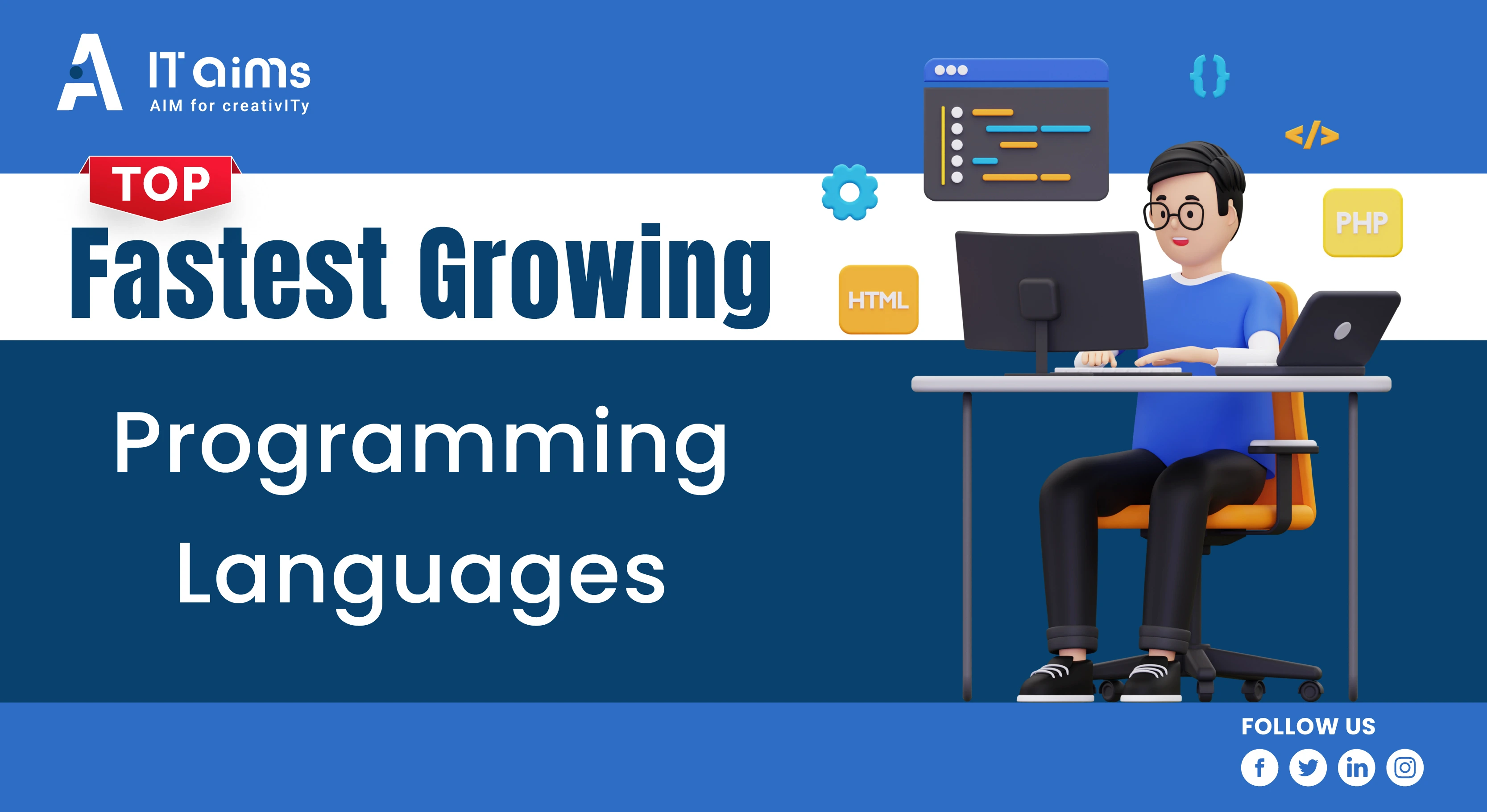
Top Fastest Growing Programming Languages
In today's fast-paced digital landscape, programming languages are constantly evolving. New programming languages emerge every year, promising faster, more efficient, and more secure code. Keeping up with the latest trends and technologies is crucial for software developers and businesses that want to stay ahead of the curve. In this blog, we will take a look at some of the up-and-coming programming languages that are gaining popularity in the tech industry.
1. Rust
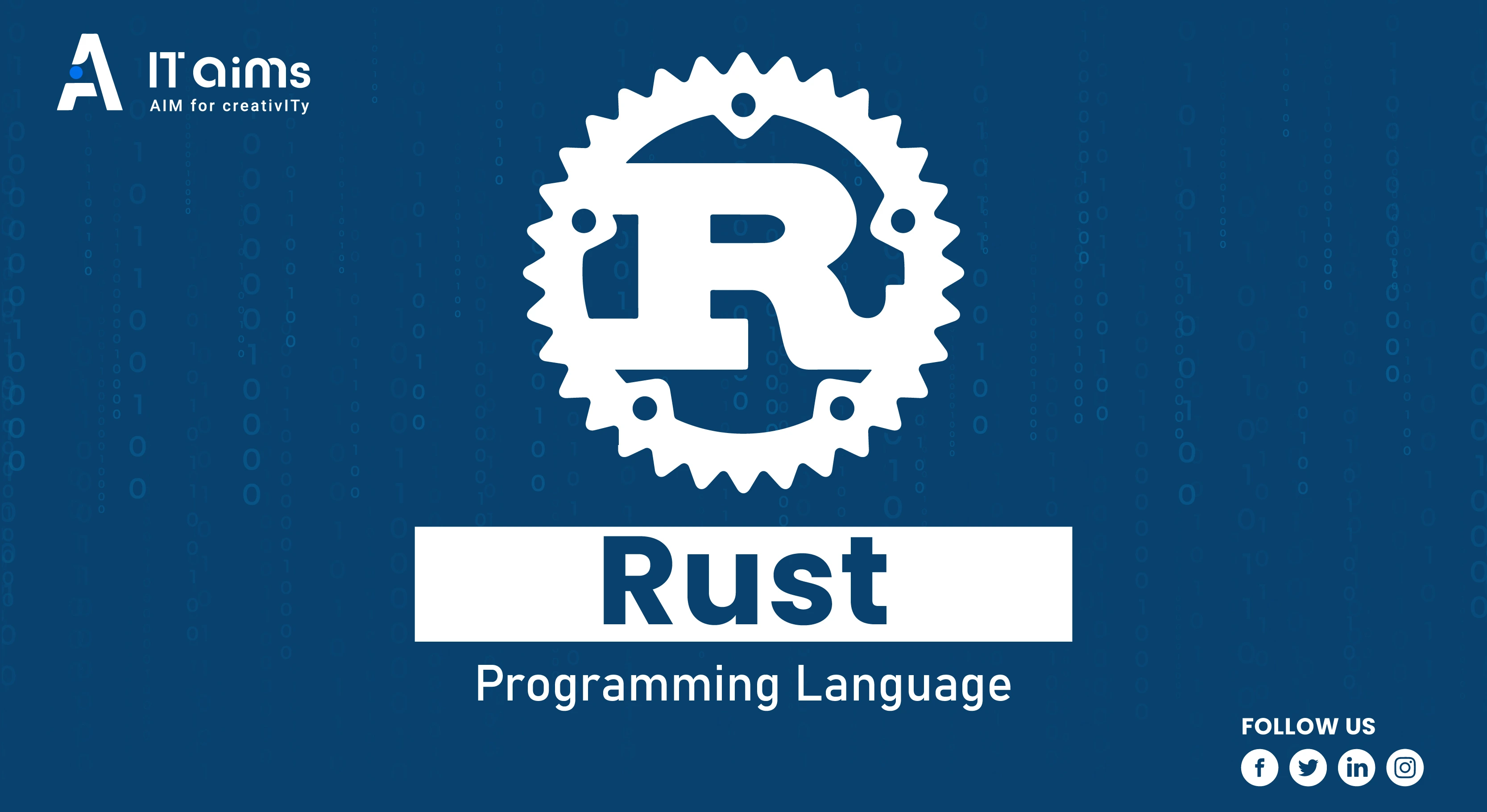
Rust is a systems programming language developed by Mozilla. It is designed to be safe, concurrent, and fast, making it an ideal choice for building high-performance software applications. Rust is commonly used in web development, game development, and networking applications.
Features:
- Memory safety: Rust’s ownership model helps prevent memory errors.
- Concurrency: Rust has built-in support for concurrency, allowing for efficient multi-threading.
- Performance: Rust is designed to be fast and efficient, making it a good choice for performance-critical applications.
Pros:
- Rust’s focus on safety makes it a popular choice for building secure and reliable software.
- The language has a strong community and ecosystem, with a growing number of libraries and tools available.
Cons:
- Rust’s focus on safety makes it a popular choice for building secure and reliable software.
- Some developers may find the syntax and concepts of Rust to be unfamiliar or difficult to grasp.
Overall, Rust is a powerful language that offers many benefits for building high-performance software applications. Its focus on safety and concurrency makes it an attractive choice for developers looking to build secure and reliable software. However, its steep learning curve may make it challenging for beginners to get started with the language.
2. Kotlin
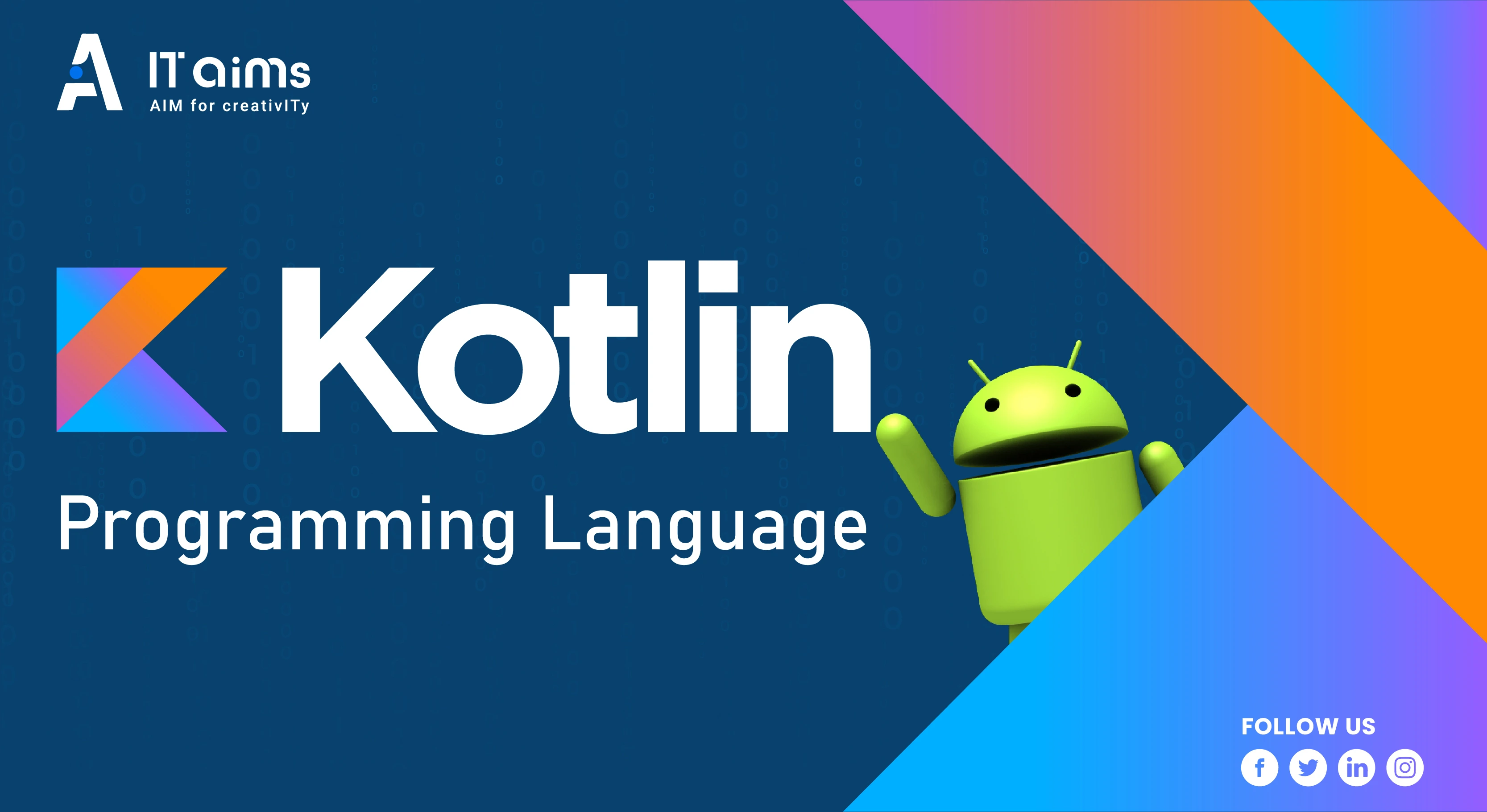
Kotlin is a statically typed programming language that runs on the Java Virtual Machine (JVM). It was developed by JetBrains, the company behind popular IDEs like IntelliJ IDEA and PyCharm. Kotlin is designed to be concise, safe, and interoperable with Java, making it an attractive option for Android app development. In fact, Google has adopted Kotlin as an official programming language for Android development, replacing Java as the preferred language for building Android apps.
Features:
- Concise: Kotlin’s syntax is designed to be concise and easy to read.
- Safe: Kotlin has built-in null safety and other features to help prevent common programming errors.
- Interoperable: Kotlin is fully interoperable with Java, allowing developers to use existing Java libraries and frameworks.
Pros:
- Kotlin’s concise syntax can help reduce the amount of boilerplate code required in Android app development.
- The language has strong support from Google and a growing community of developers.
Cons:
- Some developers may find the transition from Java to Kotlin challenging.
- There may be a learning curve for developers who are new to Kotlin.
Overall, Kotlin is a powerful language that offers many benefits for Android app development. Its concise syntax and safety features make it an attractive choice for developers looking to build high-quality Android apps. However, there may be a learning curve for developers who are new to the language.
3. Julia
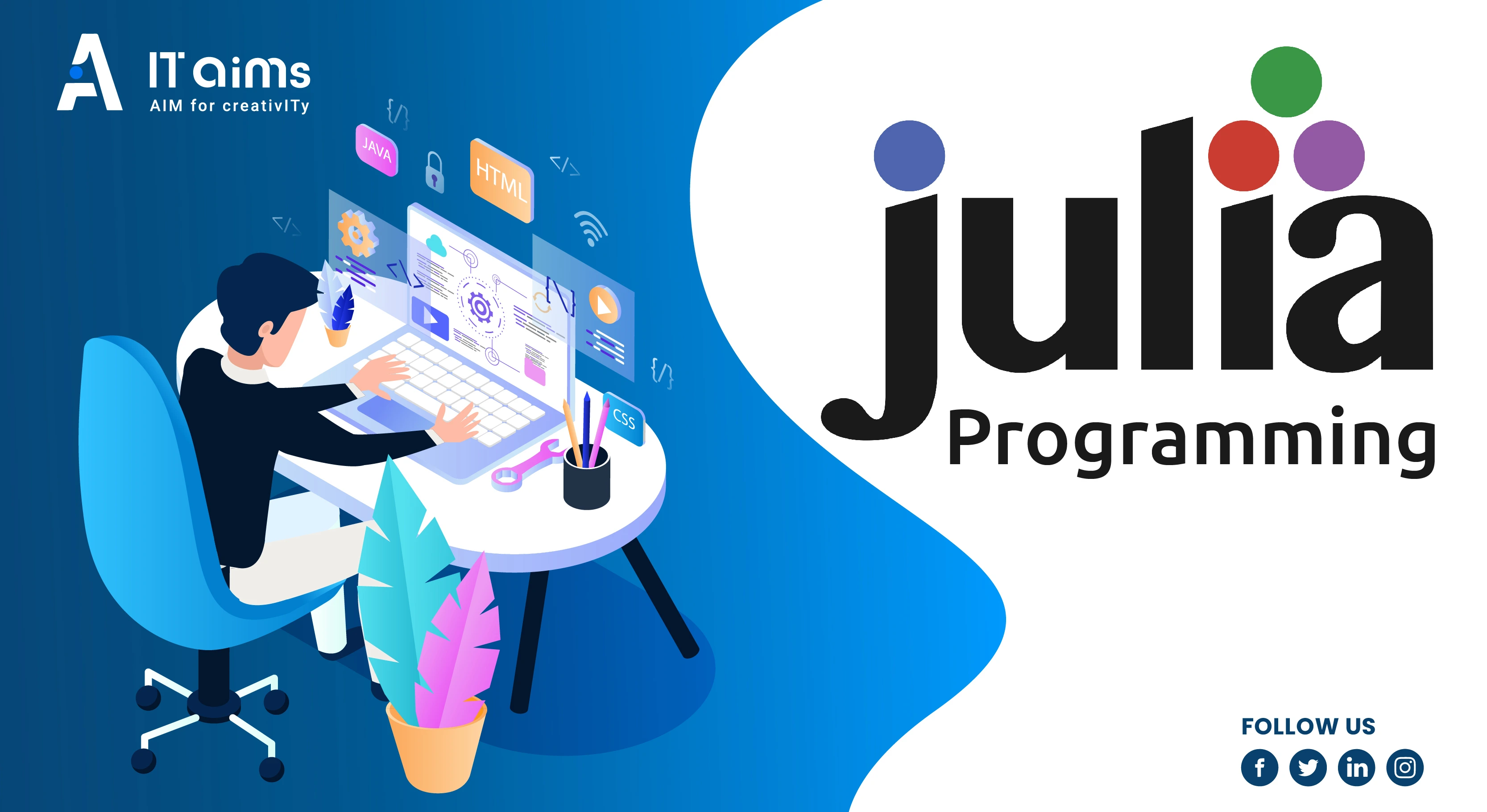
Julia is a high-performance, dynamically typed programming language that was developed specifically for scientific computing, machine learning, and data analysis. Julia is designed to be fast and easy to use, with syntax that is similar to MATLAB and Python. The language has gained a lot of attention in the data science community due to its speed and performance, making it a popular choice for big data analytics and scientific simulations.
Features:
- High-performance: Julia is designed to be fast and efficient, making it an excellent choice for performance-critical applications.
- Easy to use: Julia’s syntax is similar to MATLAB and Python, making it easy for developers to learn and use.
- Versatile: Julia is well-suited for a wide range of applications, including scientific computing, machine learning, and data analysis.
Pros:
- Julia’s speed and performance make it an attractive choice for big data analytics and scientific simulations.
- The language has a growing community of developers and users.
Cons:
- Julia is a relatively new language and may not have as many libraries and tools available as more established languages.
- Some developers may find the transition from other languages to Julia challenging.
Overall, Julia is a powerful language that offers many benefits for scientific computing, machine learning, and data analysis. Its speed and performance make it an attractive choice for developers looking to build high-performance applications. However, its relative newness may mean that there are fewer resources available for developers who are new to the language.
4. TypeScript
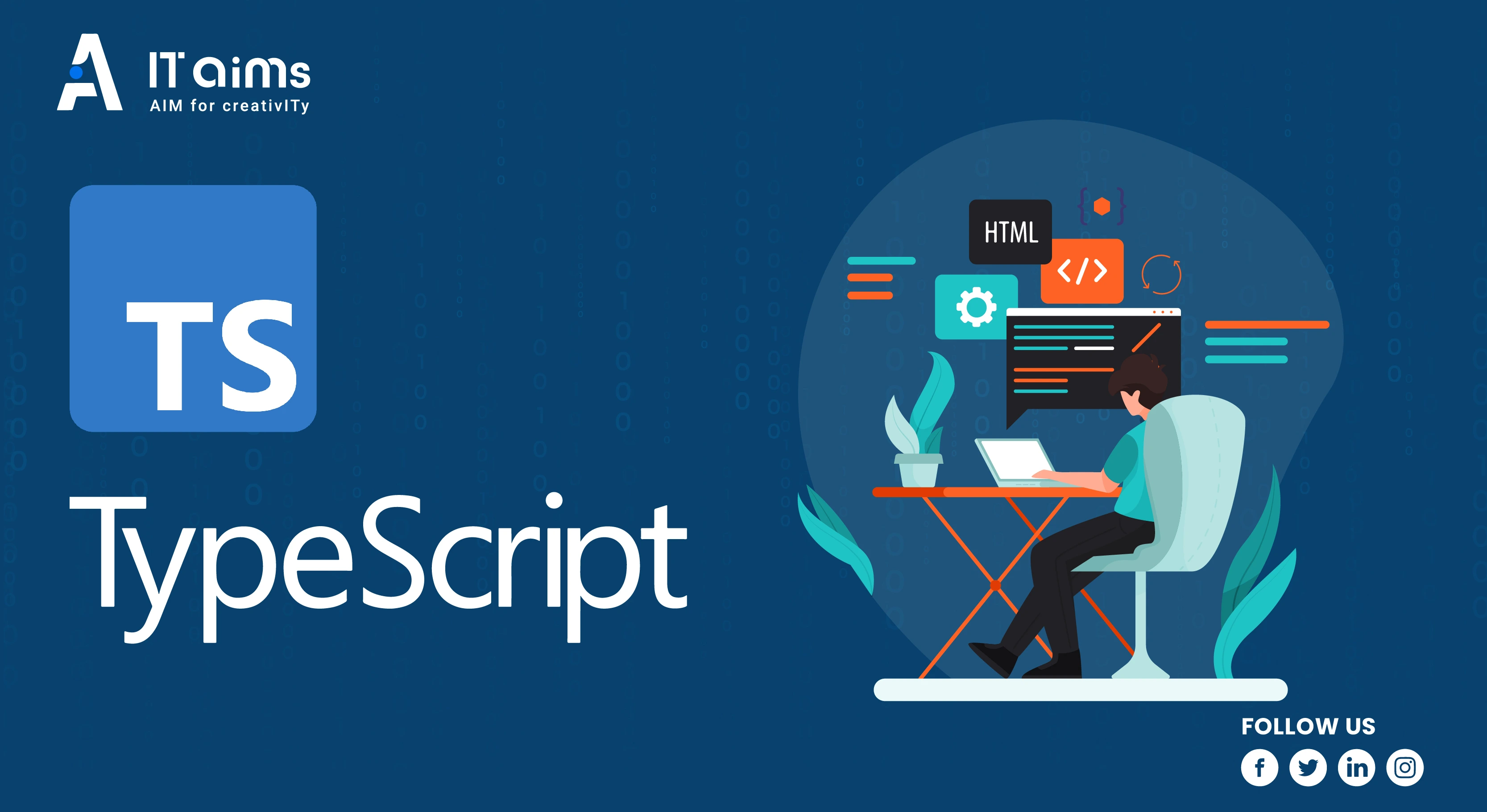
TypeScript is a superset of JavaScript that adds optional static typing, classes, and interfaces to the language. It was developed by Microsoft and has gained a lot of popularity in recent years, particularly among web developers. TypeScript is designed to make JavaScript more scalable and maintainable by allowing developers to catch errors at compile-time rather than at runtime. The language is often used in large-scale web applications where code quality and maintainability are critical.
Features:
- Static typing: TypeScript’s optional static typing can help catch errors at compile time.
- Classes and interfaces: TypeScript adds support for classes and interfaces, making it easier to write object-oriented code.
- Scalability: TypeScript is designed to make JavaScript more scalable and maintainable.
Pros:
- TypeScript’s static typing can help improve code quality and maintainability.
- The language has strong support from Microsoft and a growing community of developers.
Cons:
- Some developers may find the transition from JavaScript to TypeScript challenging.
- There may be a learning curve for developers who are new to TypeScript.
Overall, TypeScript is a powerful language that offers many benefits for web development. Its static typing and support for classes and interfaces make it an attractive choice for developers looking to build large-scale web applications. However, there may be a learning curve for developers who are new to the language.
5. Go
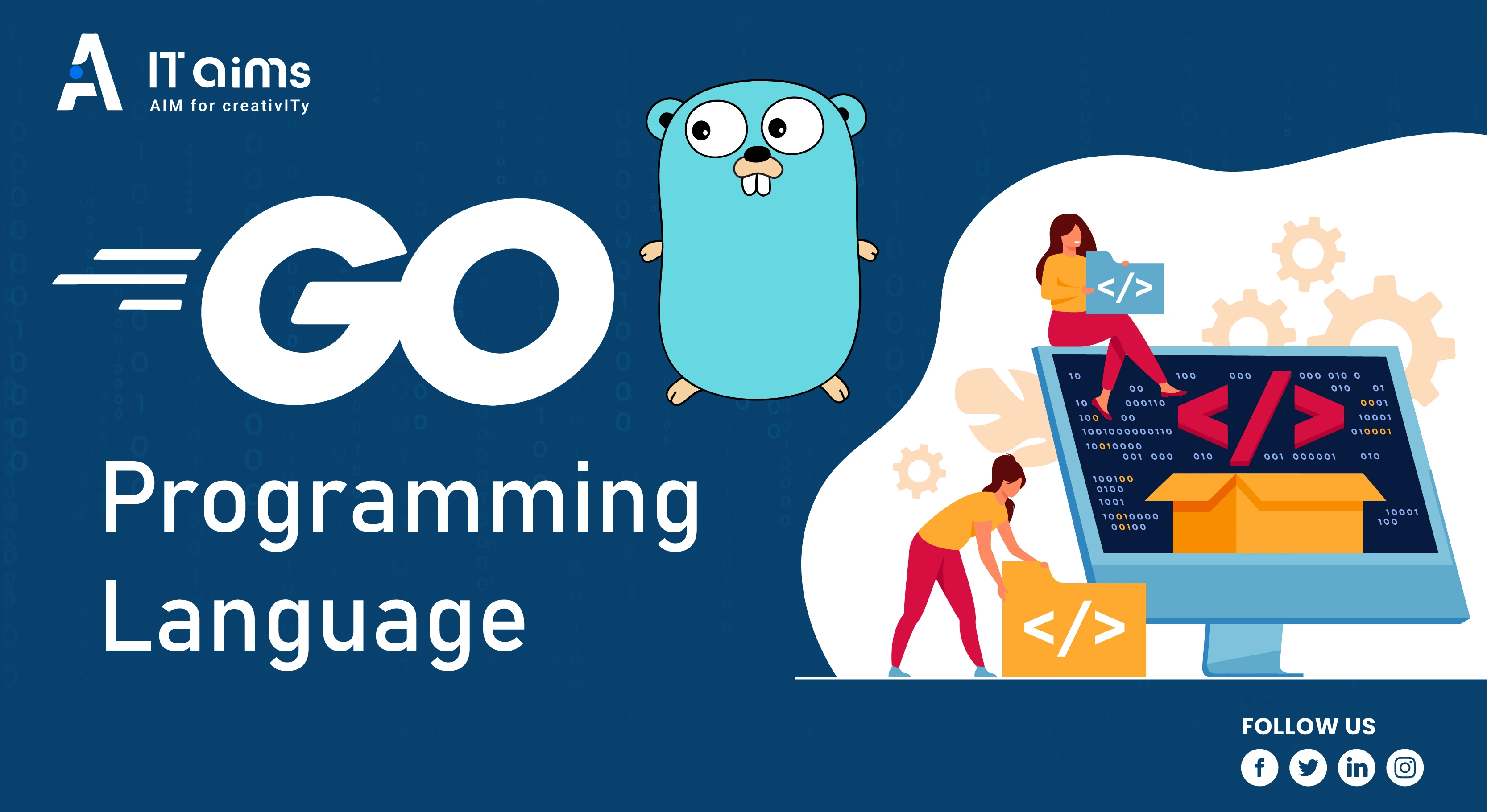
Go, also known as Golang, is a statically typed, compiled programming language that was developed by Google. Go is designed to be simple, efficient, and scalable, making it an ideal choice for building web applications, network servers, and distributed systems. Go has gained a lot of popularity in recent years due to its simplicity and performance, making it a popular choice for building microservices and cloud-native applications.
Features:
- Simplicity: Go’s syntax is designed to be simple and easy to read.
- Efficiency: Go is designed to be fast and efficient, making it an excellent choice for performance-critical applications.
- Scalability: Go is well-suited for building scalable web applications and distributed systems.
Pros:
- Go’s simplicity and performance make it an attractive choice for building microservices and cloud-native applications.
- The language has strong support from Google and a growing community of developers.
Cons:
- Some developers may find the transition from other languages to Go challenging.
- There may be a learning curve for developers who are new to Go.
Overall, Go is a powerful language that offers many benefits for building web applications, network servers, and distributed systems. Its simplicity and performance make it an attractive choice for developers looking to build high-performance applications. However, there may be a learning curve for developers who are new to the language.
Conclusion
In conclusion, these are just a few of the up-and-coming programming languages that are gaining popularity in the tech industry. Each language has its own strengths and weaknesses, and choosing the right language for your project will depend on several factors, including your application's requirements, your team's expertise, and your development goals. As the technology landscape continues to evolve, it's important for software developers and businesses to keep up with the latest trends and technologies, stay ahead of the curve, and remain competitive in today's digital marketplace.
FAQs
- Q.1: Which coding language is most in demand?
The demand for a programming language can vary depending on various factors such as industry, use case, and region. That being said, currently, based on various industry reports and job listings, it seems that the programming language \"TypeScript\" is currently in high demand. TypeScript is a statically typed superset of JavaScript that has gained popularity for its ability to make it easier to write and maintain large-scale JavaScript applications. It is especially popular in the web development industry and has been adopted by companies such as Microsoft, Google, and Airbnb.
- Q.2: Which language has the best scope?
All the programming languages mentioned have good scope depending on the specific domain and use case. Rust is focused on safety and performance, Kotlin is used for Android development and server-side development, Julia is designed for numerical and scientific computing, TypeScript adds optional static typing to JavaScript, and Go is efficient and used for building scalable and concurrent systems.
- Q.3: Which language is enough for job?
All the languages you listed are popular and in-demand, and the choice of language depends on the specific job requirements and industry. TypeScript is commonly used in web development, Rust and Go are good for systems programming and high-performance applications, and Julia is designed for data science and scientific computing. Research the job market in your area to determine which language is most in demand for the jobs you're interested in.
- Q.4: Which programming language is best in 2025?
As an AI language model, I remain neutral and cannot declare any specific programming language as the \"best\" in 2023. The choice of programming language will depend on the specific needs of the project or task at hand. All the programming languages you mentioned are popular and widely used, with their own unique strengths and use cases. For example, Rust is known for its memory safety and performance, Kotlin is popular for Android development, Julia is often used in scientific computing and data analysis, TypeScript is a typed superset of JavaScript that offers improved code quality, and Go is favored for its simplicity and concurrency support. Ultimately, the choice of programming language will depend on the specific requirements and constraints of the project, as well as the preferences and expertise of the development team.
- Q.5: Is there future in coding?
Each language (Rust, Kotlin, Julia, TypeScript, and Go) has distinct features making them valuable tools for developers. Rust's speed and reliability suit browser engines, game engines, and operating systems. Kotlin's interoperability with Java and functional programming make it great for Android developers. Julia is ideal for data science, and TypeScript's strong typing and scalability are perfect for building large-scale web apps. Go's efficiency, simplicity, and concurrency are excellent for system-level and server-side programming. While these languages offer promising futures, new languages may emerge in the ever-evolving tech landscape.
- Q.6: Which language is best for full stack developer?
All the languages mentioned can be used for full-stack development. Rust is good for web apps that require high speed and security. Kotlin is versatile and suitable for both server and client-side development. Julia is good for data-intensive apps. TypeScript adds features to JavaScript for large-scale web apps. Go is designed for concurrency and scalability in networked and distributed systems. The choice depends on the project's specific needs and goals, as well as the development team's preferences and expertise
- Q.7: Which programming language is trending now?
All of the programming languages mentioned are trending in their respective niches. Rust for systems and web development, Kotlin for Android, Julia for scientific computing, TypeScript for web development, and Go for network services and distributed systems. The choice of language depends on the project requirements, team expertise, and available resources.
Popular Searches
Tags:

